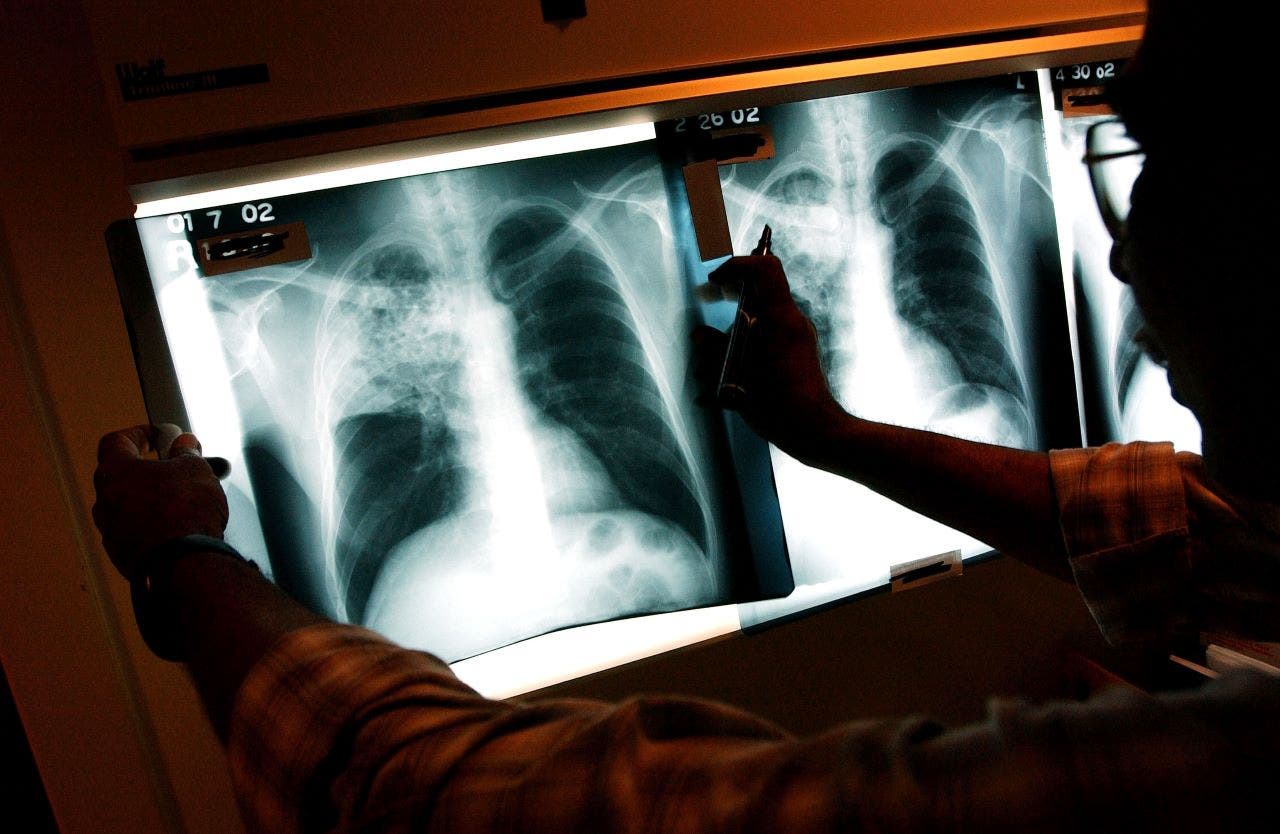Northeast
Is the East Coast on the brink of a major earthquake — and are we prepared?

The earthquake that struck the East Coast earlier this month was felt by an estimated 42 million people and luckily caused little damage, but what are the chances of a bigger, more powerful quake striking the area? And if it does, what could it look like — and are we prepared?
The April 5 phenomenon was a 4.8 magnitude earthquake centered near Whitehouse Station in New Jersey, which is about 40 miles west of New York City.
Shaking was felt from Washington D.C. to Maine, according to the U.S. Geological Survey (USGS), and it followed a much smaller, 1.7 magnitude earthquake in New York City on Jan. 2.
Earthquakes are rare along the East Coast, with the most powerful one in the last 100 years hitting in August 2011, clocking 5.8 on the Richter scale. It was centered in Virginia and felt from Washington, D.C. to Boston.
4.8 MAGNITUDE EARTHQUAKE STRIKES NEW JERSEY, SHAKING BUILDINGS IN SURROUNDING STATES
A man walks through Lower Manhattan moments after New York City and parts of New Jersey experienced a 4.8 magnitude earthquake on April 5, 2024.
Before that, an earthquake in South Carolina in 1886 is understood to have measured between 6.6 and 7.3 on the Richter scale. There is no definitive measurement of that quake since the Richter scale has only been around since the mid-1930s, but the tectonic shift still killed 60 people.
Professor John Ebel, a seismologist in the Department of Earth and Environmental Sciences at Boston College, tells Fox News Digital that when quakes start breaking 5.0 on the Richter scale, damage begins to occur.
For instance, the devastating earthquake that hit Turkey and Syria last year measured 7.8 and resulted in the death of nearly 62,000 people as tens of thousands of buildings were either destroyed or severely damaged.
California’s Loma Prieta earthquake in 1989, meanwhile, measured 6.9 and caused 69 deaths, and the 1994 Northridge earthquake in the Golden State clocked 6.7, killing 57 people. Thousands more were injured.
“As you go above magnitude five, the shaking becomes stronger and the area over which the strong shaking is experienced becomes wider,” Ebel says. “So if you get a magnitude six, the shaking is ten times stronger than a magnitude five. So had this month’s earthquake been a 5.8, rather than a 4.8, then we would be looking at damage to unreinforced structures in the greater New York City area.”
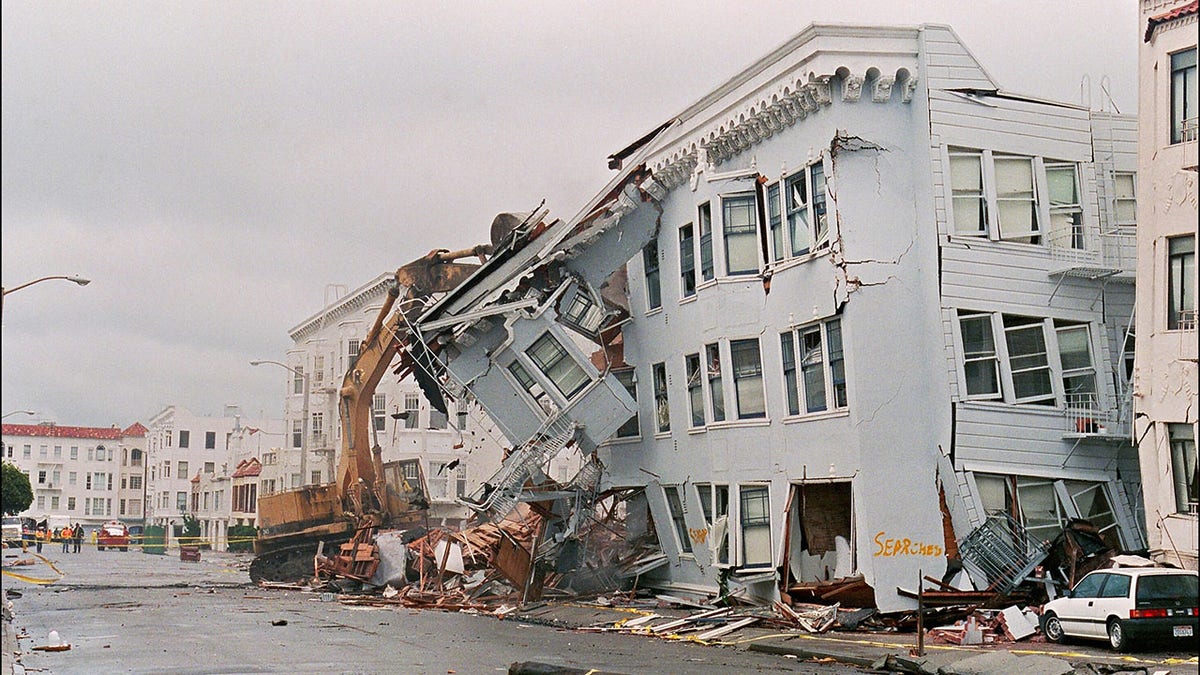
The front of an apartment building in the Marina District in San Francisco is ripped off after a quake erupted in October 1989. (Photo by JONATHAN NOUROK/AFP via Getty Images)
“Now I have to qualify this and say that in the past few decades, New York City has had an earthquake provision in its building code while New Jersey, New York and Connecticut have all adopted some version of earthquake provisions in their building codes,” Ebel explained. “So modern buildings that are put up today will actually do quite well, even in strong earthquake shaking… If you have a magnitude 6 or even a magnitude seven.”
In terms of the Tri-state area, Ebel says that the region has had smaller earthquakes, but it’s been spared anything that’s been significantly damaging.
An 1884 quake in Brooklyn did cause limited damage and injuries. Seismologists estimated it would have measured in the region of 5.0 and 5.2, while a quake jolted Massachusetts in 1775 in the region of 6.0 and 6.3.
WHAT TO DO DURING AN EARTHQUAKE AND HOW TO PREPARE
“In 1884 there were things knocked from shelves, some cracks in walls that were reported, particularly plaster walls, which crack very easily if a building is shaken,” Ebel said. “There were some brick walls that had some cracks and people panicked because of the very strong shaking.”
A magnitude five earthquake hits the tri-state area once every 120 years, says Ebel, who penned the book “New England Earthquakes: The Surprising History of Seismic Activity in the Northeast.”
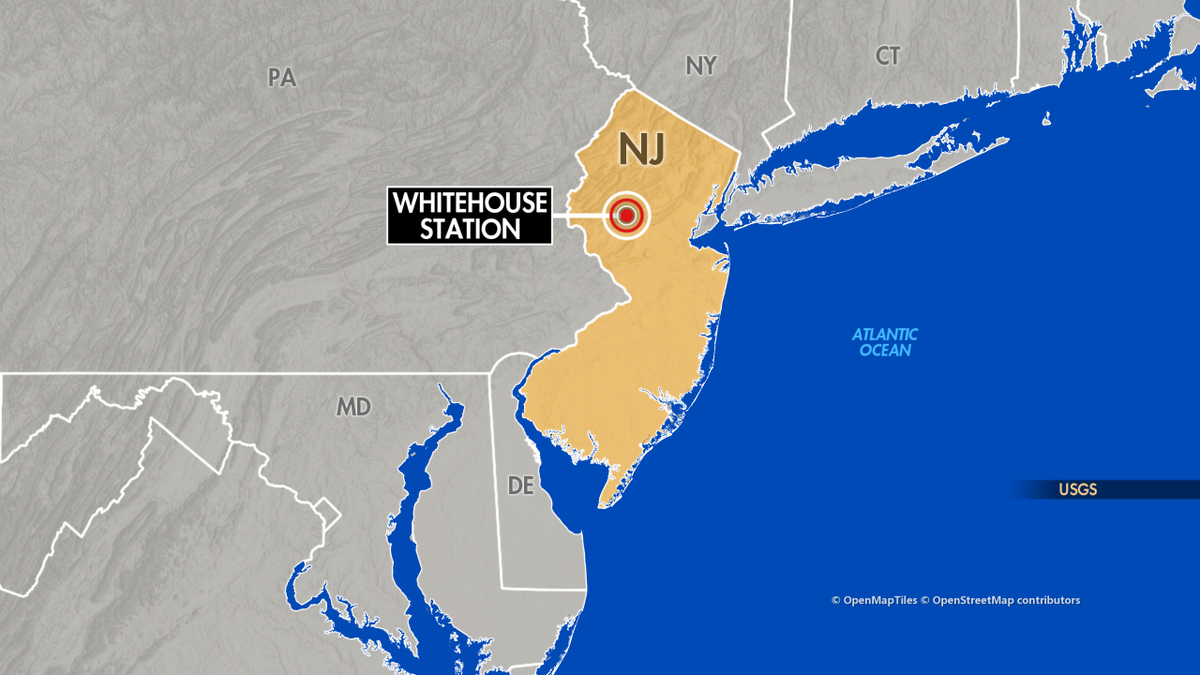
A map shows the location of Whitehouse Station, New Jersey, which the U.S. Geological Survey reports was the epicenter of a 4.8 magnitude earthquake on April 5. (Fox News)
“The question is, can we have something bigger? And in my opinion, yes we can,” he said. “We can’t predict earthquakes, and we don’t know when the next one is going to occur, but we do have a low, not insignificant probability of a damaging earthquake at some point.”
Ebel said that the April 5 earthquake has left seismologists baffled since it didn’t occur on the Ramapo Fault zone, highlighting just how hard it is to predict the phenomenon from occurring. The Ramapo Fault zone is a series of small fault lines that runs through New York, New Jersey and Pennsylvania. Spanning more than 185 miles, it was formed about 200 million years ago.
“Right now it’s a seismological mystery,” Ebel said. “We have some earthquakes in our region where we don’t have faults mapped. But that’s even true in California. Not every earthquake occurs on a known or mapped fault in California, so there are still a lot of seismologists have to learn about the exact relationship between old faults and modern earthquakes.”
Ebel noted that buildings aren’t the only thing to consider when earthquakes strike. In the California quakes, overpasses crumbled while the electrical grid can go down too, causing electrical surges and fires.
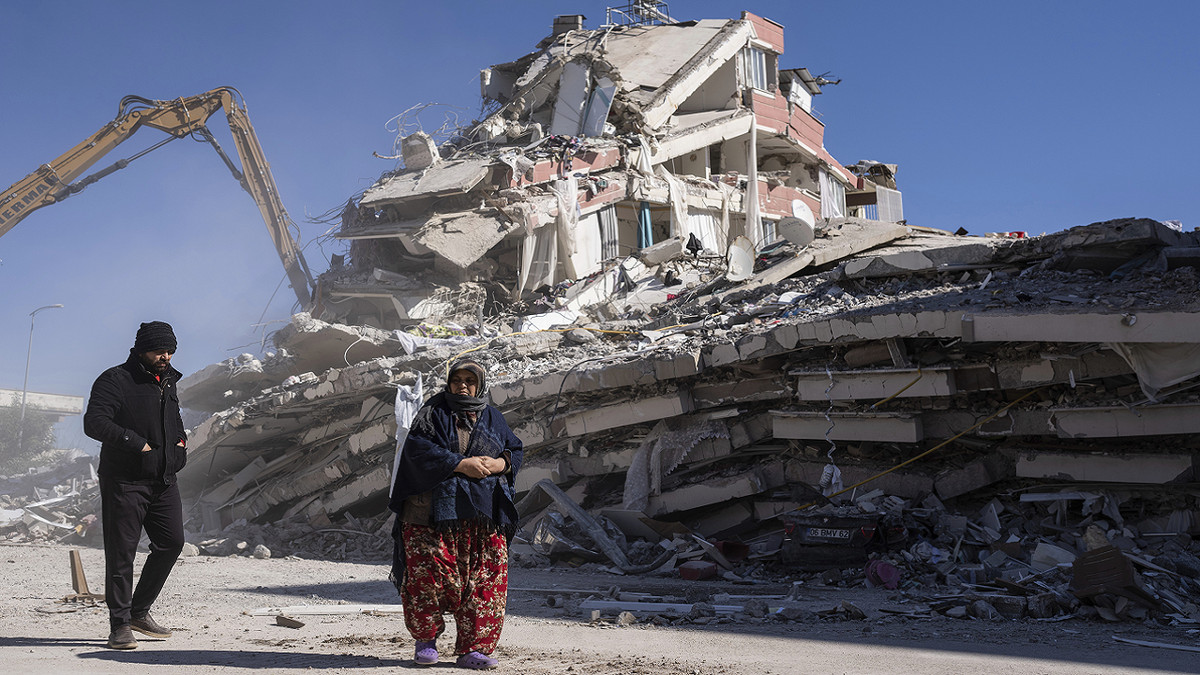
Local residents walk in front of a destroyed building in Nurdagi, southeastern Turkey, on Thursday, Feb. 9. (AP/Petros Giannakouris)
Toxic chemicals were knocked off of the shelves of a chemistry building in 1989 and the building had to be evacuated, Ebel said.
“And you think about hospitals and some industrial facilities having that situation,” he explained. “So you have these things that are not catastrophic necessarily, but are going to be a real problem.”
And an earthquake doesn’t necessarily have to rattle land in order to cause destruction.
A jolt out at sea could trigger a dangerous tsunami, like the one on the edge of the Grand Banks of Newfoundland in Canada in 1929. It was felt as far away as New York City.
Waves as high as 23 feet crashed on the shore, according to the International Tsunami Information Center, with up to 28 people losing their lives.
“A tsunami is not necessarily a very high probability event, but it’s one that we have to think about also,” Ebel says in relation to the East Coast.
The Fukushima nuclear accident in 2011 was triggered by an earthquake and subsequent tsunami.
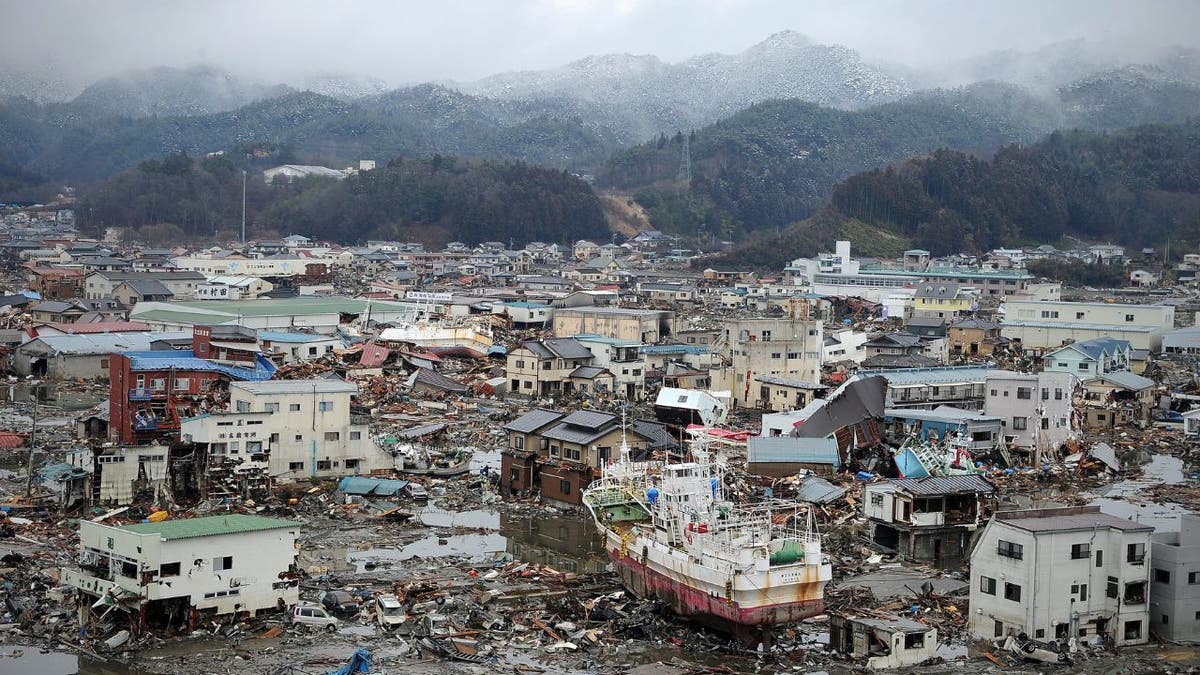
Damage caused by the 2011 tsunami is seen from a hill overlooking the city of Kesennuma. ( Phillipe Lopez/AFP via Getty Images)
Ebel says a tsunami similar to 1929 could cause a storm surge along the lines of Hurricane Sandy in 2012, where 43 people died in New York City.
“The threat of an earthquake is not as great as in California, but it’s something that we have to take into account and have emergency plans for and have building codes for,” Ebel says. “Our state and local emergency management agencies in all the northeastern states do earthquake planning — what we call tabletop exercises — where they pretend an earthquake occurs.”
“So those kinds of preparations are made on a regular basis,” he concludes. “Building codes are constantly being reevaluated and approved, not just for earthquakes, but for fires and chemical spills and all kinds of things. So we’re getting more prepared all the time.”

Marina Beach in southern India after tidal waves hit the coast in 2004.
Read the full article from Here

Connecticut
Mass. man who sexually abused young girl in CT over a six-year period sentenced to prison

A Massachusetts man convicted of sexually assaulting a young girl in Connecticut over a six-year period was sentenced to 15 years in prison, officials said.
Joshua J. Frenette, 41, of Granville, Massachusetts, was sentenced by Judge Walter A. Menjivar to 25 years in prison, execution suspended after 15 years served, followed by 25 years of probation, according to Litchfield State’s Attorney David R. Shannon.
He also was ordered to register as a sex offender in Connecticut, as well as to obey three standing criminal protective orders, Shannon said in a statement.
Frenette was convicted of two counts of first-degree sexual assault, attempt to commit first-degree sexual assault and three counts of risk of injury to a minor after a four-day trial in January, according to the Connecticut Division of Criminal Justice.
Court records show Frenette sexually assaulted a young girl between 2011 and 2017, while the victim was between the ages of 7 and 13. According to court records, the assaults occurred at various locations in West Hartland, Winsted and Bridgeport.
There was also testimony presented at trial that showed years of physical and emotional abuse the victim and two siblings were subjected to by Frenette, court records show.
“State’s Attorney Shannon would like to thank the Connecticut State Police, Western District Major Crime Squad and the Department of Emergency Services and Public Protection, Division of Scientific Services for their extensive work and dedication in this investigation,” the DCJ said in a release on Friday.
Maine
Maine’s aging wastewater facilities adjust to meet new challenges
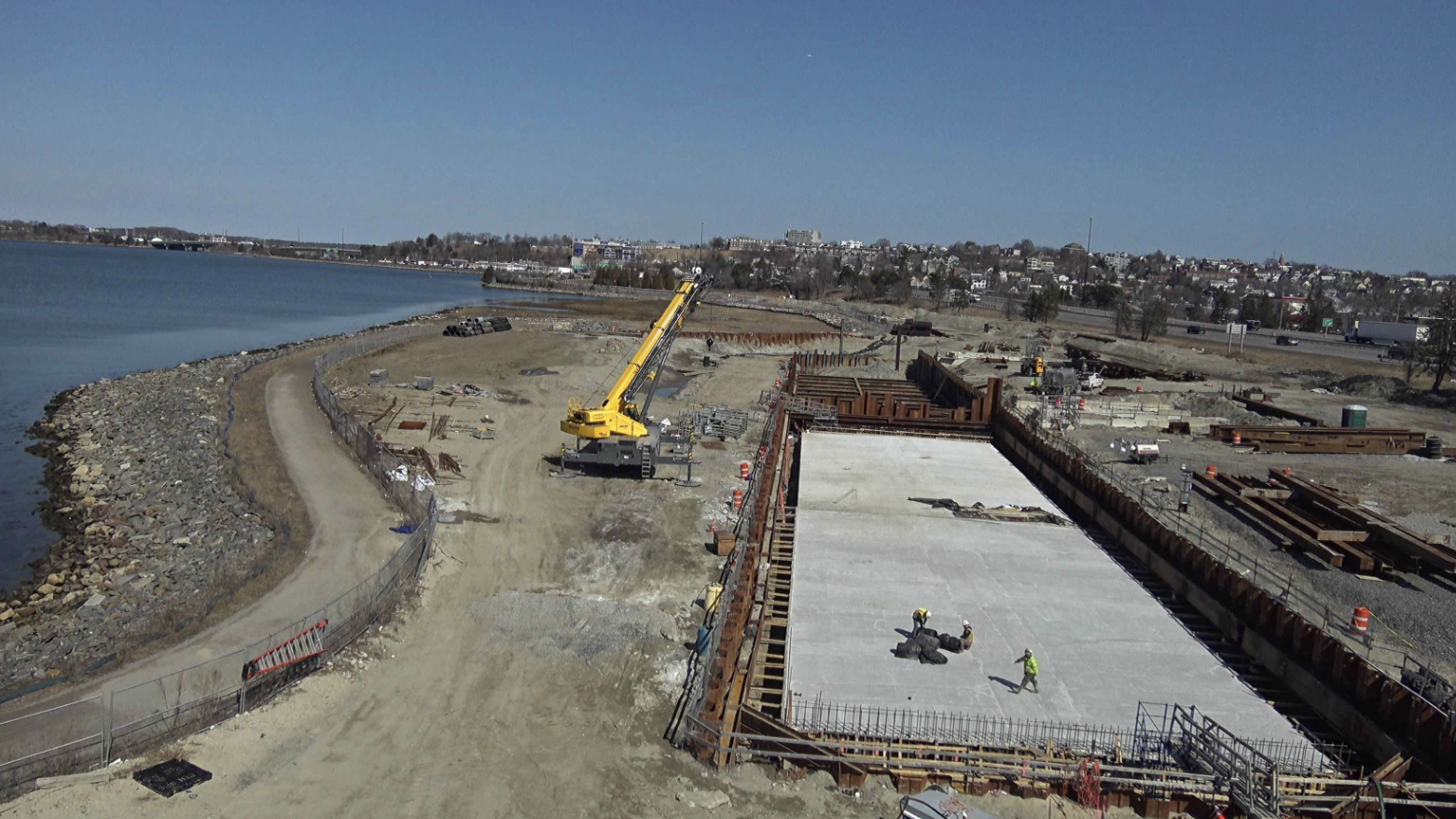
Gravity is a friend of wastewater treatment plants, which is why the facilities are typically placed at low elevations, often along Maine’s extensive coastline.
Placing them in low-lying areas makes it easy to collect wastewater from uphill sinks and toilets. And placing them near waterways makes it easy to discharge filtered and disinfected water, or effluent, back into our rivers, reservoirs and harbors.
Many wastewater facilities in Maine and across the country were built after the Clean Water Act passed in 1972, meaning some are now 50 years old. They need upgrades not only given their age, but because of threats posed by climate change. Coastal facilities now see regular flooding during storms and high tides.
“Floodwaters can damage or destroy pumps, blowers and electronics kept in basements,” said Robert Lalli, the Wiscasset wastewater treatment plant superintendent. “And if salt water gets into sewage aeration tanks, it can disrupt the microbiology necessary to break down sewage and other hazardous compounds. Untreated sewage can then overflow into waterways, harming wildlife and those who fish for a living.”
It can also put Maine’s sources of drinking water at risk.
With the help of $40 million in federal funding, Maine communities are finding new ways to deal with threats to their wastewater plants.
The most common approach is to elevate tanks and buildings, and make other structural improvements that protect facilities from sea-level rise. This is happening all along the state’s coastline, from Kittery to Eastport.
In Machias, for example, a new pump station will keep the plant operating during heavy rains, which will help prevent sewage overflows like those that caused clam flat closures on the Machias River.
“More and more intense storms are working against us,” said Mike Riley, the combined sewer overflow abatement coordinator at the state Department of Environmental Protection. “But the new pump station, which will hopefully be up and running by the end of this year, will significantly reduce, if not prevent, overflows.”
The nearly $3.6 million project was paid for largely through a DEP grant.
Machias also plans to add a combination of seawalls (vertical or near-vertical walls) and berms (raised and sloping banks), which will protect the facility and downtown streets while creating a scenic river walk. This project is in the designing and permitting phase, said Dr. Tora Johnson, who runs a GIS Lab at the Machias-based Sunrise County Economic Council.
Portland, meanwhile, is installing four underground tanks that will hold millions of gallons of stormwater and wastewater, and keep its facility from backing up — and sending untreated wastewater into the nearby tidal basin, Back Cove.
“This pollution-control effort has been in the works for some time,” said Bill Boornazian, Portland’s water resources manager. “But the need is growing due to sea-level rise and regular flooding.”
“The biggest climate change challenge we have is intense rain events in the winter when the ground is frozen,” Boornazian added. They make the ground “like asphalt,” he said, noting that the new tanks will improve drainage and reduce flooding of city streets.
Portland is scheduled to start using the new tanks in December, said Brad Roland, a senior project engineer with the city’s Department of Public Works. He said the project, which began before the pandemic, will cost around $42 million.
The Ogunquit Sewer District plant sits on a long, sandy peninsula between the Ogunquit River and the ocean. At this picturesque and vulnerable spot, a second story is being added to a garage for increased office space, and the existing tank walls will be made taller, according to Philip Pickering, the sewer district superintendent. The electrical equipment and generator at a nearby pumping station will also be elevated.
But it’s only a temporary fix. A 2012 study found there was “no practical solution” that would allow the site to host a wastewater treatment plant beyond 2052 because of the “elevated risk from sea-level rise, flooding and shoreline erosion.”
Ogunquit is raising funds to relocate the facility about two miles west of its current location. The move, likely to occur between 2040 and 2055, is estimated to cost $30 million.
Facing a similar dilemma, Wiscasset officials hope to move the town’s facility as soon as a suitable site is found. The current location on the Sheepscot River is “the lowest point in Wiscasset,” said Lalli.
“We’ve had salt water come through our gates and into our tanks,” he said. “A seawall is impractical. If we moved up just three or four blocks, we’d be fine.”
If officials find a site close to the current location, it will cost around $35 million. If the new site is farther away and requires additional pipe laying and pumping stations, Lalli said, the cost could rise to at least $45 million.
Lynda DeWitt
Longtime editor and writer Lynda DeWitt has written about natural history for many organizations, including the National Geographic Society, Discovery Communications, Scholastic Productions, and Smithsonian’s National Academies of Sciences. She is the author of “What Will the Weather Be?” and splits her time between Maine and Maryland.
Massachusetts
Massachusetts high school scores from Friday

BASEBALL
Andover 4, Haverhill 0
Ayer Shirley 6, Bromfield 4
Billerica 5, Lowell 4
Braintree 4, King Philip 0
Cathedral 6, Roxbury Prep 2
Clinton 4, Littleton 3
Duxbury 11, Quincy 3
Groton 9, Phillips Academy Andover 5
Groton-Dunstable 5, Marlboro 2
Hanover 5, Marshfield 0
Lowell Catholic 6, Whittier 3
Mansfield 9, Oliver Ames 8
Monomoy 10, Rising Tide 0
Mystic Valley 8, Everett 2
North Andover 4, Dracut 2
North Middlesex 11, Fitchburg 0
Norwell 10, Sandwich 2
Oliver Ames 9, Mansfield 8
Pingree 4, Middlesex 3
Plymouth South 10, Hingham 3
St. John Paul II 13, Nantucket 3
St. John’s Prep 4, Lawrence 3
St. Mark’s 6, Cushing 3
St. Mary’s (L) 8, Bishop Fenwick 3
Shawsheen 6, Greater Lawrence 2
Somerville 9, Winchester 4
Tewksbury 3, Chelmsford 2
Westford Academy 10, Bedford 0
Whitman-Hanson 9, Scituate 0
GIRLS GOLF
BOYS LACROSSE
Apponequet 10, Old Rochester 4
Billerica 14, Dracut 5
Bishop Fenwick 10, St. Mary’s (L) 4
Bridgewater-Raynham 6, Nauset 5
Dartmouth 12, Plymouth North 3
Duxbury 11, Lincoln-Sudbury 9
Lexington 10, Stoneham 3
Littleton 6, Shepherd Hill 2
Lynnfield 16, Hamilton-Wenham 0
Martha’s Vineyard 8, Monomoy 6
Minuteman 13, Mystic Valley 3
Newburyport 17, North Reading 1
Old Colony 17, Upper Cape 1
Pentucket 13, Essex Tech 11
Reading 15, Wakefield 5
Quincy/North Quincy 10, Braintree 9
Sandwich 7, Plymouth South 6 (ot)
Southeastern 16, Blue Hills 6
Stoughton 9, Dedham 6
Taunton 8, Norton 7
GIRLS LACROSSE
Abington 15, Rockland 8
Apponequet 13, Old Rochester 10
Bishop Feehan 12, Holliston 6
Bishop Fenwick 8, St. Mary’s (L) 6
Braintree 18, Quincy 4
Burlington 18, Woburn 8
Dartmouth 14, Plymouth North 6
Dexter Southfield 18, St. Mark’s 7
Hamilton-Wenham 17, Lynnfield 9
Lexington 15, Stoneham 4
Lincoln-Sudbury 9, Bedford (NH) 5
Malden 11, Northeast 5
Manchester Essex 13, Georgetown 0
Newburyport 16, North Reading 1
North Attleboro 9, Oliver Ames 7
Norwell 8, Foxboro 6
Pentucket 19, Essex Tech 7
St. John Paul II 12, Nauset 11
Tewksbury 12, Lowell 5
Upper Cape 14, Old Colony 7
Ursuline 8, Dedham 6
Wayland 15, Boston Latin 9
Winchester 22, Watertown 10
SAILING
Winchester 4, BC High 0
SOFTBALL
Apponequet 12, New Bedford 0
Arlington Catholic 5, Wakefield 4
Bedford 7, Westford Academy 0
Beverly 5, Masconomet 0
Bishop Feehan 14, Newton North 2
Bridgewater-Raynham 6, Braintree 2
Canton 17, Durfee 10
Dedham 12, Holliston 0
Dennis-Yarmouth 16, Barnstable 8
Georgetown 13, Rockport 3
Gloucester 2, Danvers 0
Groton-Dunstable 8, Oakmont 7
Hamilton-Wenham 6, Manchester Essex 5
Hopkinton 20, Dover-Sherborn 0
King Phillip 3, Archbishop Williams 2
Lincoln-Sudbury 5, Tyngsboro 2
Lynnfield 4, Triton 2
Marblehead 1, Saugus 0
Marshfield 8, Hanover 7 (9i)
Minuteman 9, Shawsheen 6
Monomoy 7, Falmouth 4
Nauset 12, Sturgis 9
Needham 14, Natick 2
Norton 3, Westwood 0
Norwell 13, Sandwich 5
Pentucket 7, Newburyport 4
Plymouth North 16, Quincy/North Quincy 4
Plymouth South 4, Hingham 1
Rivers 4, Dexter Southfield 1
Silver Lake 5, Pembroke 0
Taunton 8, Oliver Ames 0
Tewksbury 13, Haverhill 1
Wayland 7, Boston Latin 4 (9i)
Whitman-Hanson 15, Scituate 0 (5i)
Winchester 16, Somerville 6
BOYS RUGBY
Marshfield 29, Hingham 24
BOYS TENNIS
Andover 3, Cambridge 2
Apponequet 4, Dartmouth 1
Arlington 5, Malden Catholic 0
Barnstable 3, Nauset 2
Billerica 3, Tewksbury 2
Dedham 5, Holliston 0
Duxbury 5, Quincy 0
Hanover 4, Marshfield 1
Hingham 5, Plymouth South 0
Lowell 4, Lawrence 1
Manchester Essex 5, Ipswich 0
Marblehead 4, Beverly 1
Martha’s Vineyard 4, Monomoy 1
Nantucket 4, Rising Tide 1
North Quincy 5, Plymouth North 0
Norton 3, Westwood 2
Quincy 3, Randolph 1
Rivers 7, St. Sebastian’s 0
Scituate 5, Whitman-Hanson 0
St. John’s Prep 3, Newton North 2
Wayland 4, Boston Latin 1
Westford Academy 3, Bedford 2
Weymouth 4, Norwell 1
GIRLS TENNIS
Andover 5, Billerica 0
Danvers 5, Saugus 0
Dartmouth 3, Apponequet 2
Duxbury 5, Quincy 0
Hamilton-Wenham 5, Rockport 0
Hanover 3, Marshfield 2
Hingham 5, Plymouth South 0
Holliston 5, Dedham 0
Lynnfield 4, Swampscott 1
Marblehead 3, Beverly 2
Manchester Essex 3, Ipswich 2
Monomoy 4, Martha’s Vineyard 1
Nantucket 5, Rising Tide 0
Nauset 5, Barnstable 0
Needham 4, Natick 1
North Andover 5, Lowell 0
Plymouth North 5, North Quincy 0
Sharon 4, Oliver Ames 1
BOYS TRACK
GIRLS TRACK
Apponequet 89, Somerset Berkley 47
BOYS VOLLEYBALL
Brookline 3, North Quincy 0
Haverhill 3, Lawrence 0
Lexington 3, Cambridge 1
Lincoln-Sudbury 3, Westford Academy 0
Malden 3, Arlington 1
Needham 3, Lowell 0
New Bedford 3, Durfee 0
Quincy 3, Randolph 1
Revere 3, Madison Park 2
Wayland 3, Newton South 0
-

 News1 week ago
News1 week agoLarry Webb’s deathbed confession solves 2000 cold case murder of Susan and Natasha Carter, 10, whose remains were found hours after he died
-

 News1 week ago
News1 week agoFirst cargo ship passes through new channel since Baltimore bridge collapse
-

 World1 week ago
World1 week agoHaiti Prime Minister Ariel Henry resigns, transitional council takes power
-

 World1 week ago
World1 week agoSpanish PM Pedro Sanchez suspends public duties to 'reflect'
-

 World1 week ago
World1 week agoUS secretly sent long-range ATACMS weapons to Ukraine
-

 Movie Reviews1 week ago
Movie Reviews1 week agoHumane (2024) – Movie Review
-

 News1 week ago
News1 week agoAmerican Airlines passenger alleges discrimination over use of first-class restroom
-

 Education1 week ago
Education1 week agoVideo: Johnson Condemns Pro-Palestinian Protests at Columbia University


